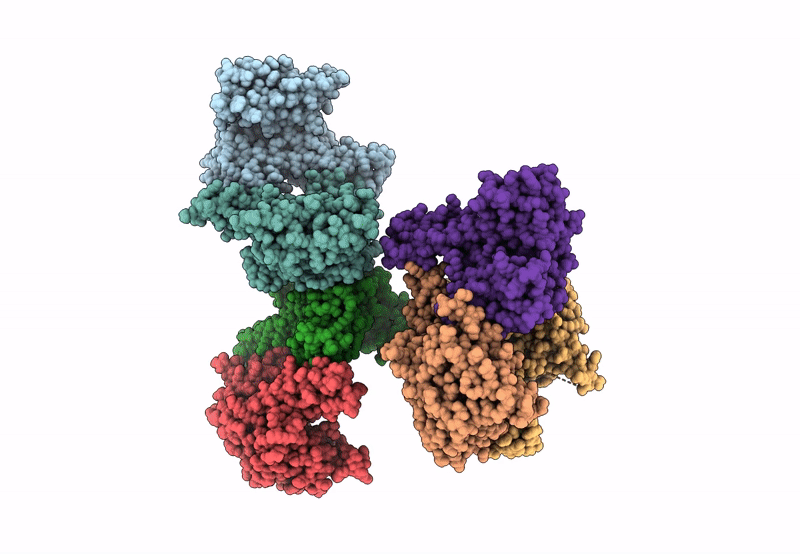
Deposition Date
2023-10-12
Release Date
2023-10-25
Last Version Date
2024-11-20
Entry Detail
PDB ID:
8QT5
Keywords:
Title:
Crystal structure of Arabidopsis thaliana 14-3-3 isoform lambda in complex with a phosphopeptide from the transcription factor BZR1.
Biological Source:
Source Organism:
Arabidopsis thaliana (Taxon ID: 3702)
Host Organism:
Method Details:
Experimental Method:
Resolution:
2.69 Å
R-Value Free:
0.26
R-Value Work:
0.24
R-Value Observed:
0.24
Space Group:
P 31 2 1


